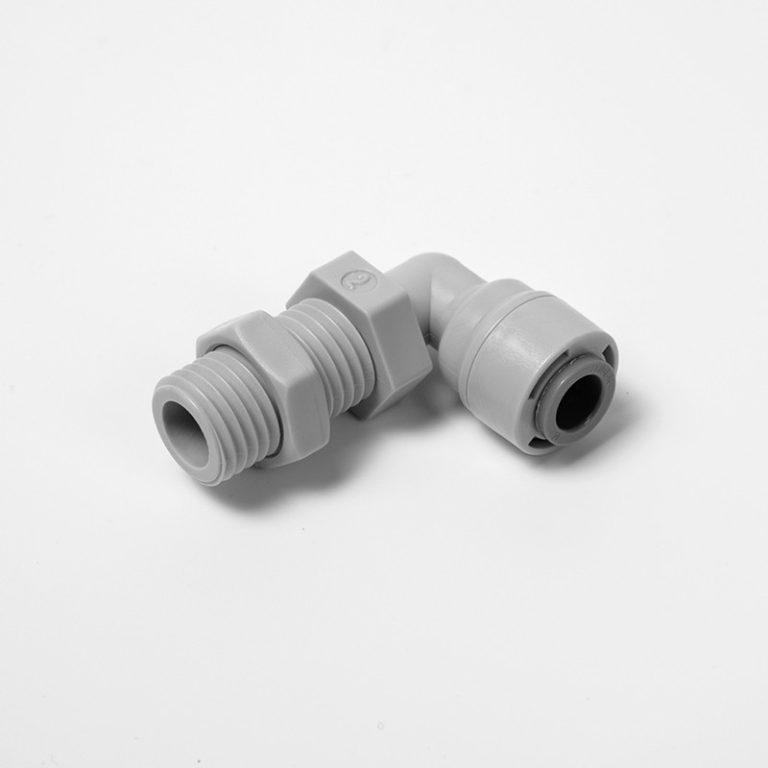High free chlorine: Ensuring crystal-clear and bacteria-free water.
Understanding the Significance of High Free Chlorine Levels
Understanding the Significance of High Free Chlorine Levels
When it comes to maintaining a clean and safe swimming pool, one of the most important factors to consider is the level of free chlorine. Free chlorine refers to the amount of chlorine available in the water to kill bacteria, viruses, and other harmful microorganisms. While it is essential to have a certain level of free chlorine in the pool, having high levels can be a cause for concern.
High free chlorine levels can occur due to various reasons, such as over-chlorination, excessive use of chlorine-based products, or inadequate water circulation. It is crucial to understand the significance of high free chlorine levels to ensure the health and safety of swimmers.
One of the primary concerns with high free chlorine levels is the potential for skin and eye irritation. Chlorine is a powerful disinfectant, and when present in excessive amounts, it can cause redness, itching, and dryness of the skin. Swimmers may also experience burning and stinging sensations in their eyes, making it uncomfortable to enjoy their time in the pool.
Moreover, high free chlorine levels can lead to the formation of chloramines. Chloramines are a byproduct of the reaction between chlorine and organic matter, such as sweat, urine, and body oils. These compounds are responsible for the distinct “chlorine smell” often associated with swimming pools. Not only do chloramines create an unpleasant odor, but they can also cause respiratory problems, especially in individuals with asthma or other respiratory conditions.
Another consequence of high free chlorine levels is the potential damage to pool equipment and surfaces. Chlorine is a corrosive substance, and when present in excessive amounts, it can degrade the pool’s infrastructure over time. This can lead to costly repairs and maintenance, reducing the lifespan of the pool and its components.
Furthermore, high free chlorine levels can negatively impact the environment. When pool water is discharged into the environment, such as during backwashing or draining, the high chlorine content can harm plants, animals, and aquatic life. Chlorine is toxic to many organisms, and even small amounts can have detrimental effects on ecosystems.
To address high free chlorine levels, it is essential to take appropriate measures. Regular testing of the pool water is crucial to monitor chlorine levels and ensure they remain within the recommended range. If the free chlorine levels are high, it is advisable to reduce or stop adding chlorine-based products until the levels normalize.
Improving water circulation and filtration can also help prevent high free chlorine levels. Properly functioning pumps and filters ensure that chlorine is distributed evenly throughout the pool, reducing the likelihood of localized high concentrations. Regular maintenance and cleaning of pool equipment are essential to maintain optimal performance.

In conclusion, understanding the significance of high free chlorine levels is vital for pool owners and operators. High levels of free chlorine can lead to skin and eye irritation, the formation of chloramines, damage to pool equipment, and harm to the environment. By regularly testing the water, improving circulation and filtration, and taking appropriate measures, pool owners can maintain a safe and enjoyable swimming environment for all.







